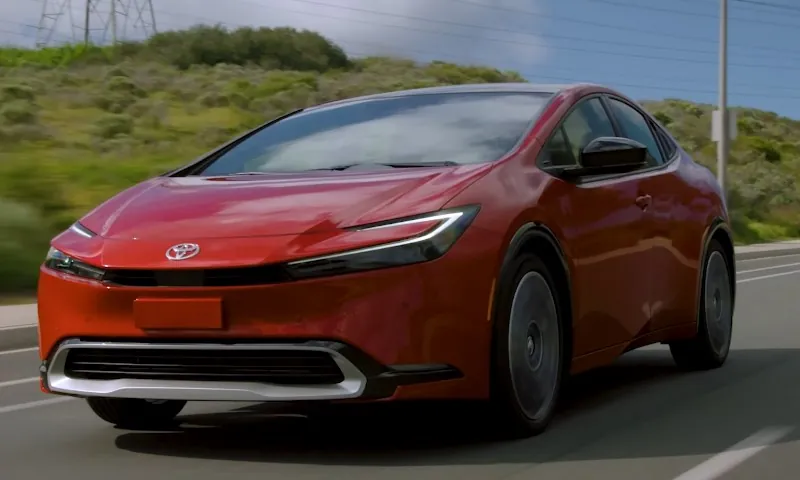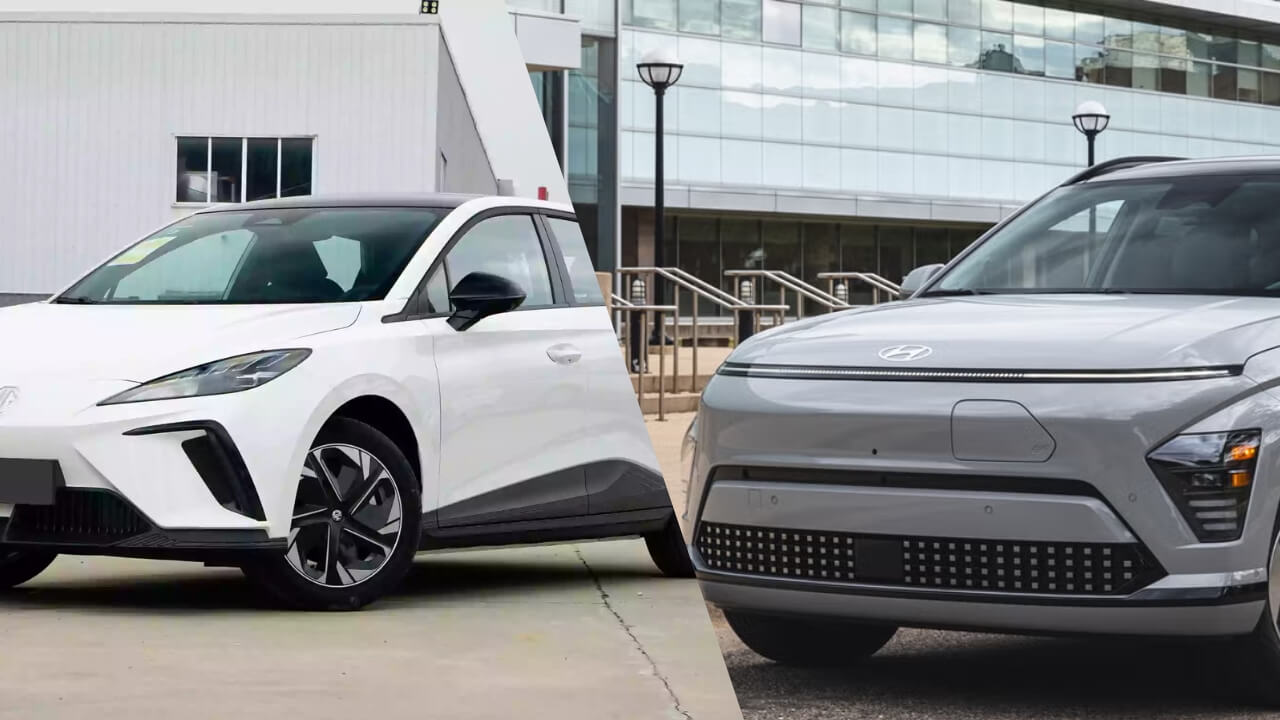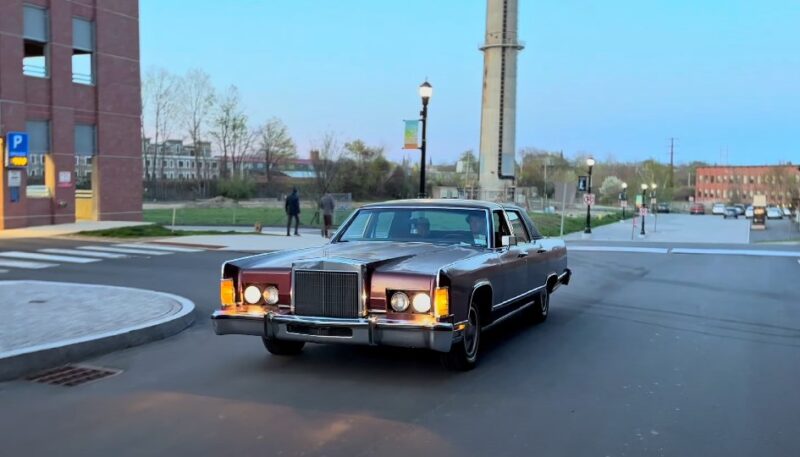
Share Post:
I’ve always had a soft spot for the big American cars from the 1970s. They were like rolling symbols of status, success, and comfort—massive pieces of machinery that made you feel like you were commanding a ship on wheels.
And when it comes to truly iconic American luxury cars, the 78 Lincoln Continental stands head and shoulders above the rest. For me, it’s not just about the car’s size or opulence but about what it represents in the grander scheme of American automotive history.
The late ’70s were a time of transition for the automotive world, especially in the United States. Compact cars were starting to gain traction, and the 1973 oil crisis had sparked growing concern over fuel efficiency.
Yet, Lincoln seemed to push all of that aside for one more go at creating a giant luxury cruiser—the 1978 Lincoln Continental, a car that was unapologetically large, luxurious, and just a bit excessive. Let’s take a closer look at what makes it so special.
Table of Contents
Toggle1978 Lincoln Continental Specs
| Specification | Details |
| Engine | 400 CID V8, 460 CID V8 |
| Horsepower | 166-210 hp |
| Torque | 320-356 lb-ft |
| Transmission | 3-speed automatic |
| Drive Type | Rear-wheel drive |
| Fuel System | Carburetor |
| Fuel Efficiency | 10-12 MPG |
| Wheelbase | 127.2 inches |
| Weight | 4,900 – 5,300 lbs |
| Top Speed | 115-120 mph |
| Brakes | Power-assisted disc brakes |
| 0-60 mph | 11-13 seconds |
| Length | 233 inches |
| Width | 79.7-80 inches |
The Definition of Grandeur
You couldn’t miss a 1978 Lincoln Continental if it passed you on the street. At 223 inches in length and tipping the scales at over 5,000 pounds, this car was enormous.
It’s hard to imagine a vehicle of this size dominating the roads today, but back then, the Continental was the epitome of what American luxury meant: more space, more chrome, and more presence.
The design was a perfect blend of sharp, square lines that screamed confidence.
In the 1970s, the Lincoln Continental wasn’t just popular in the U.S.—it was also a favorite among global elites, including foreign dignitaries and even royalty. Its reputation for luxury and comfort made it the car of choice for those who wanted to travel in style. Some specially outfitted models were even used in official capacities by heads of state, not to be confused with JFK’s assassination car, which is the 1961 Lincoln Continental.
What made the 1978 model stand out was the attention to detail in its bold exterior design. The Town Car and Town Coupé were the two main configurations, and though both were massive, each carried its own unique charm.
The four-door Town Car was the more traditional choice, offering a stately, formal look. On the other hand, the Town Coupé, with its two-door design, gave off a more personal, luxury feel, offering all the space and comfort of the sedan in a slightly more exclusive package.
I find it fascinating how Lincoln managed to retain that sense of luxury while the market around it was already shrinking.
Cadillac, Lincoln’s chief competitor, had started downsizing its models by this time, but Lincoln wasn’t ready to say goodbye to the full-size era just yet. Instead, they doubled down on size and elegance.
Power and Performance of 1978 Lincoln Continental
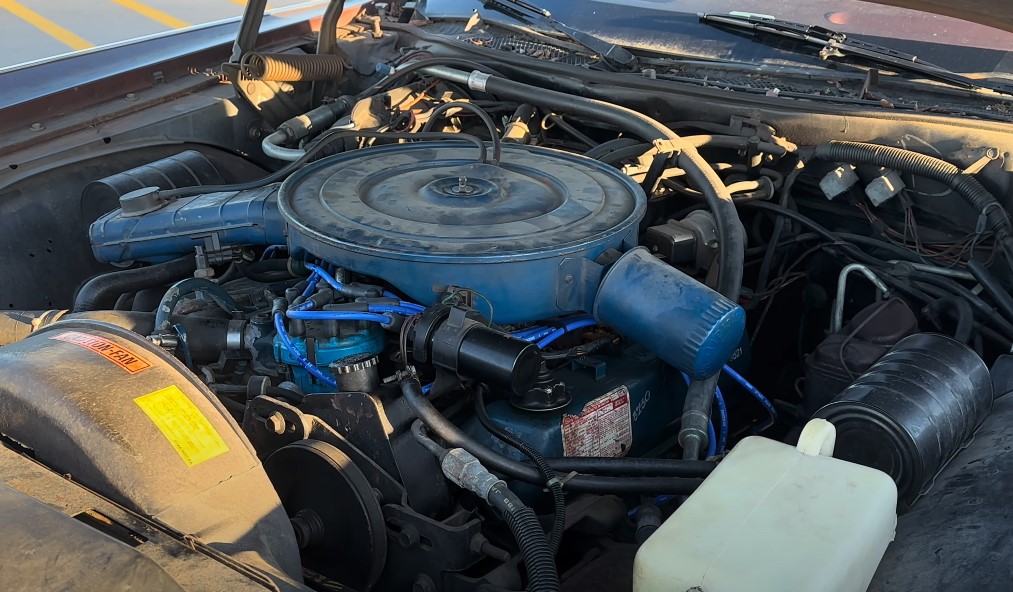
When you pop the hood of a 1978 Lincoln Continental, you’re met with either a 6.6-liter V8 or the more favored 7.5-liter V8 engine.
Now, 210 horsepower may not seem like much today, especially considering how big the car was, but back in the day, that was enough to move this “land yacht” with grace.
The torque, clocking in at 356 lb-ft, ensured that the Continental never felt underpowered, even if it wasn’t breaking any speed records. Driving a car like this wasn’t about acceleration or agility.
The Continental wasn’t built for tight corners or fast sprints, and that’s part of what made it so special. It excelled at offering a smooth, cushioned ride that made you feel like you were floating.
The three-speed automatic transmission worked in perfect harmony with the engine, providing seamless shifts that emphasized luxury over performance.
Sure, the gas mileage was abysmal by today’s standards—barely hitting 10-12 miles per gallon on a good day—but those who bought a 1978 Continental didn’t care about that. They wanted a car that made a statement, and this one certainly did.
A Look Inside Lincoln Sedan
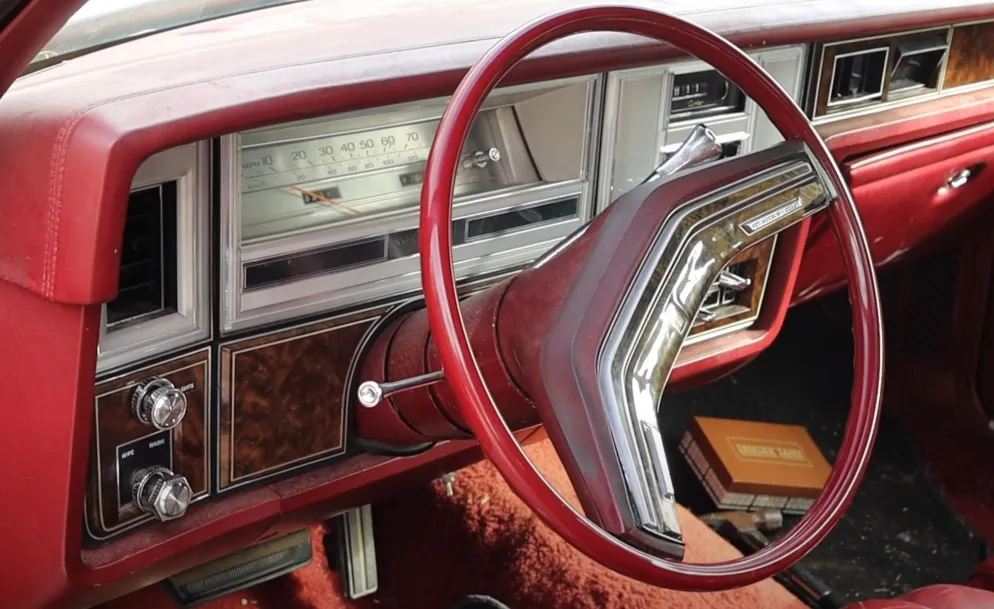
The interior of the 1978 Lincoln Continental was a place designed for one thing: indulgence. Imagine sliding into those wide, plush seats, whether leather or the luxurious Kasman II velour that was also available. You didn’t sit in a Continental—you lounged.
The bench seats were like sofas, wrapping you in a sense of calm and comfort as you cruised down the highway. The amenities were cutting-edge for the time, too. Power windows, power seats, and even power locks came standard, making life easier and adding to the luxury feel.
One unique option available for the 1978 model was a power-operated glass moonroof. Though it wasn’t a standard feature, this moonroof allowed owners to feel an added sense of luxury by letting light and air into the already spacious cabin.
And let’s not forget the automatic climate control and cruise control, features that further underscored Lincoln’s commitment to providing a top-tier experience.
I’ve always appreciated how cars like this were built with the idea that driving shouldn’t feel like a chore but more like an event. Lincoln made sure every inch of the interior felt like an upgrade.
The dash was clean and simple to use, with large gauges that were easy to read, but it never felt outdated, even with its traditional design. There’s something to be said about a car that can be modern and classic at the same time.
Exterior Design
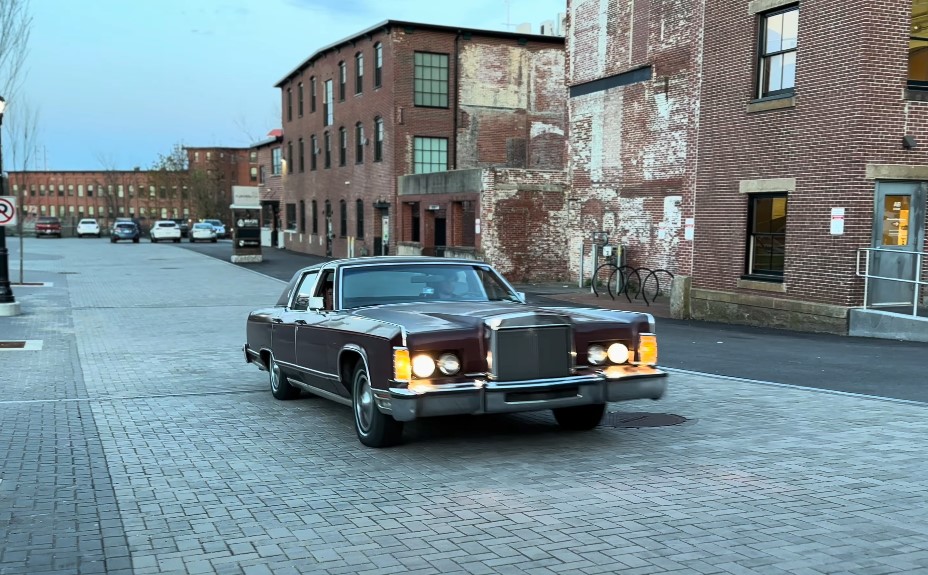
Lincoln’s design language in the late ‘70s was unmistakable, and the 1978 Continental was no exception. Everything about the exterior screamed American luxury—from the massive chrome grille up front to the square-edged fenders.
Hidden headlights added an extra touch of sophistication, only revealing themselves when the engine roared to life. One of the subtler touches I’ve always admired is the rear fender skirts.
On the 1978 model, they were toned down compared to earlier versions, giving the car a more modern, clean appearance.
While the Continental still held its traditional large body design, 1978 saw some hidden weight reductions. Certain components, like the instrument panel and other parts of the dash, were made slightly lighter. These changes were part of Lincoln’s subtle adjustments to improve efficiency without sacrificing the car’s grand size or luxurious feel.
Yet, the Continental never lost that larger-than-life feel, thanks to design choices like opera windows on the Town Coupé and chrome moldings that wrapped around the car in all the right places.
Even though the exterior remained largely traditional, it’s hard to look at this car and not appreciate how timeless it still feels. Sure, it’s bold—some might even say gaudy—but it was designed for people who wanted to make a statement, and the Continental did exactly that.
This Lincoln Sedan Is the Last of a Dying Breed
By 1978, the writing was on the wall for the full-size American luxury sedan. Lincoln held out longer than most, refusing to downsize its fleet until 1980, but eventually, the market dictated a shift toward more compact, fuel-efficient vehicles.
The Continental remained one of the last holdouts, a tribute to the days when luxury was defined by size and excess, not by eco-friendliness or sleek, minimalist design. Lincoln celebrated its 75th anniversary in 1978, and the Continental stood as a symbol of everything the brand had stood for up to that point.
“What a luxury car should be” was the tagline, and it wasn’t just marketing speak.
The Legacy of the 1978 Lincoln Continental
@bdylanhollis The biggest of the big #oldschool #oldcar #vintage ♬ original sound – B. Dylan Hollis
Today, the 1978 Lincoln Continental holds a special place in the hearts of classic car enthusiasts and collectors alike. If you’re lucky enough to spot one at a car show, it’ll likely be surrounded by admirers, some marveling at its sheer size, others reminiscing about a time when bigger really was better.
Collectors often gravitate toward the rarer two-door Town Coupé models, but the four-door Town Car still commands attention. Well-preserved examples can fetch impressive prices at auctions, a testament to the enduring appeal of these grand American sedans.
And let’s not forget the cultural significance—cars like the Continental represent an era when American luxury wasn’t just about technology or innovation but about making a bold, unapologetic statement.
Final Thoughts
The 1978 Lincoln Continental will always be remembered as a defining piece of American automotive history. In a world that was already beginning to embrace smaller, more efficient vehicles, Lincoln stood its ground with one final iteration of its massive, luxury sedan.
It may not have been the most practical car, but practicality isn’t always the point. Driving one of these land yachts today feels like taking a step back in time. You feel the weight, the luxury, and the legacy every time you turn the key.




